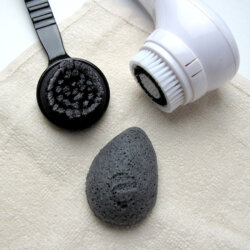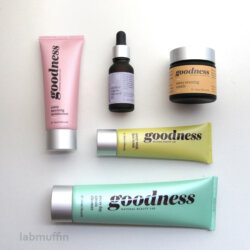How to Exfoliate 1: All About Physical Exfoliants
Are you confused about how to choose the right exfoliation method for your skincare routine? This three-part series rounds up all the types of exfoliants for your face, with examples of products and their pros and cons! This post covers all the physical exfoliation options. Part 2 will be on chemical exfoliation, and Part 3 will be a guide on …

